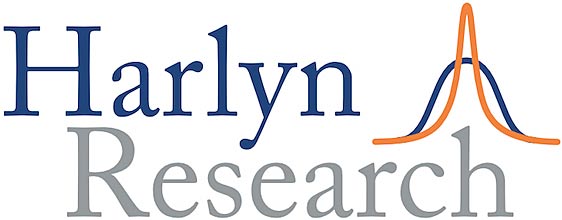Currency, Currency, Currency
Friday, September 2nd, 2022Euro and sterling FX markets could become disorderly.
Nobody likes to consider the prospect of a currency crisis, but we think this is getting more likely by the day. We have long thought that the hiking cycle in the US would cause at least one major asset class to come unstuck. When we wrote the original note, we didn’t think it would be European currencies, but this is what the price action now suggests. Both sterling and euro have broken down out of previous trading ranges and both could test historic lows if the FX markets become prisoners of their own momentum, as sometimes happens. European investors need to own as many natural hedges as they can – US issuers in credit and dollar earners in equities.
PURCHASE ALL ACCESS PASS
Already hold an All Access Pass? LOG IN
